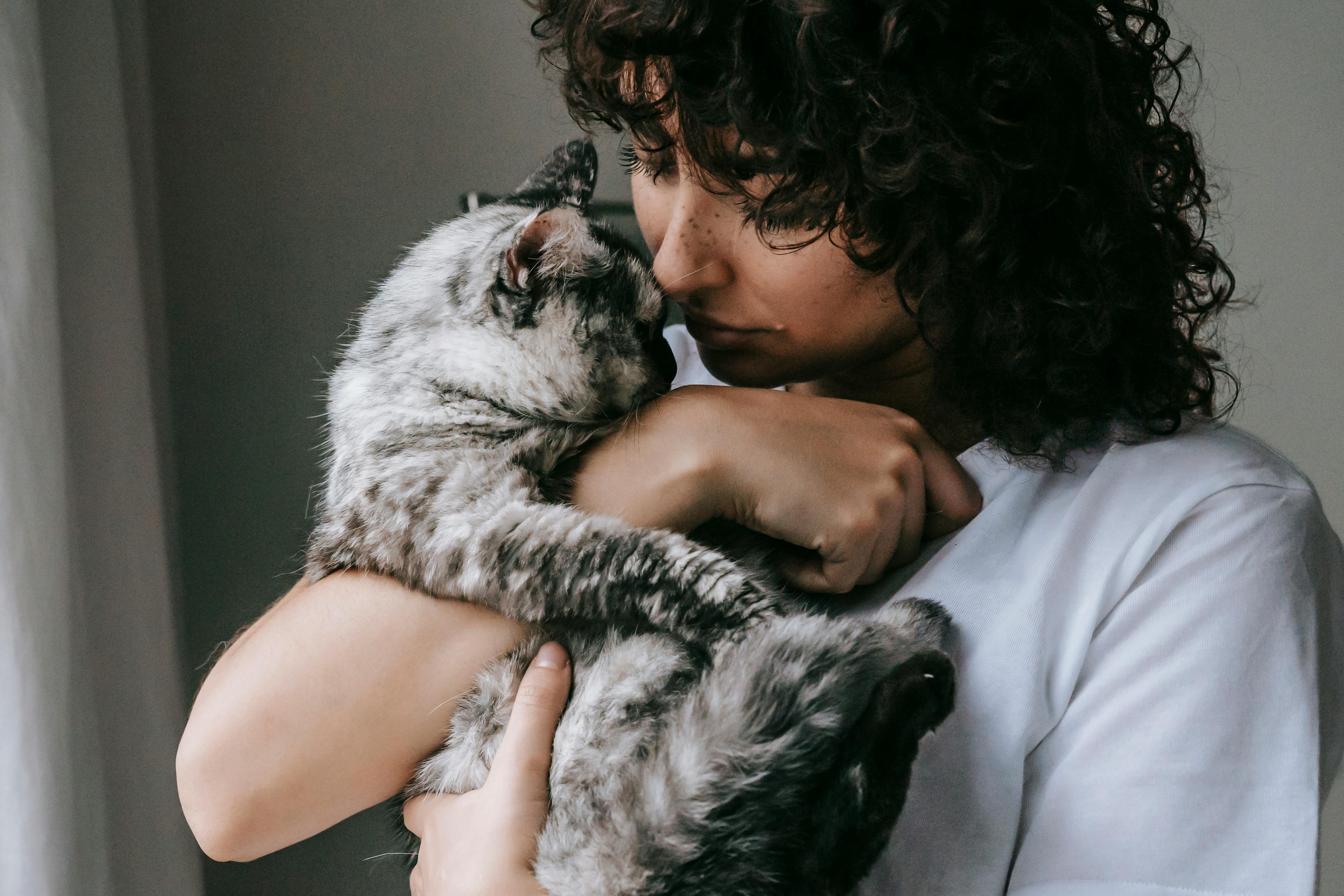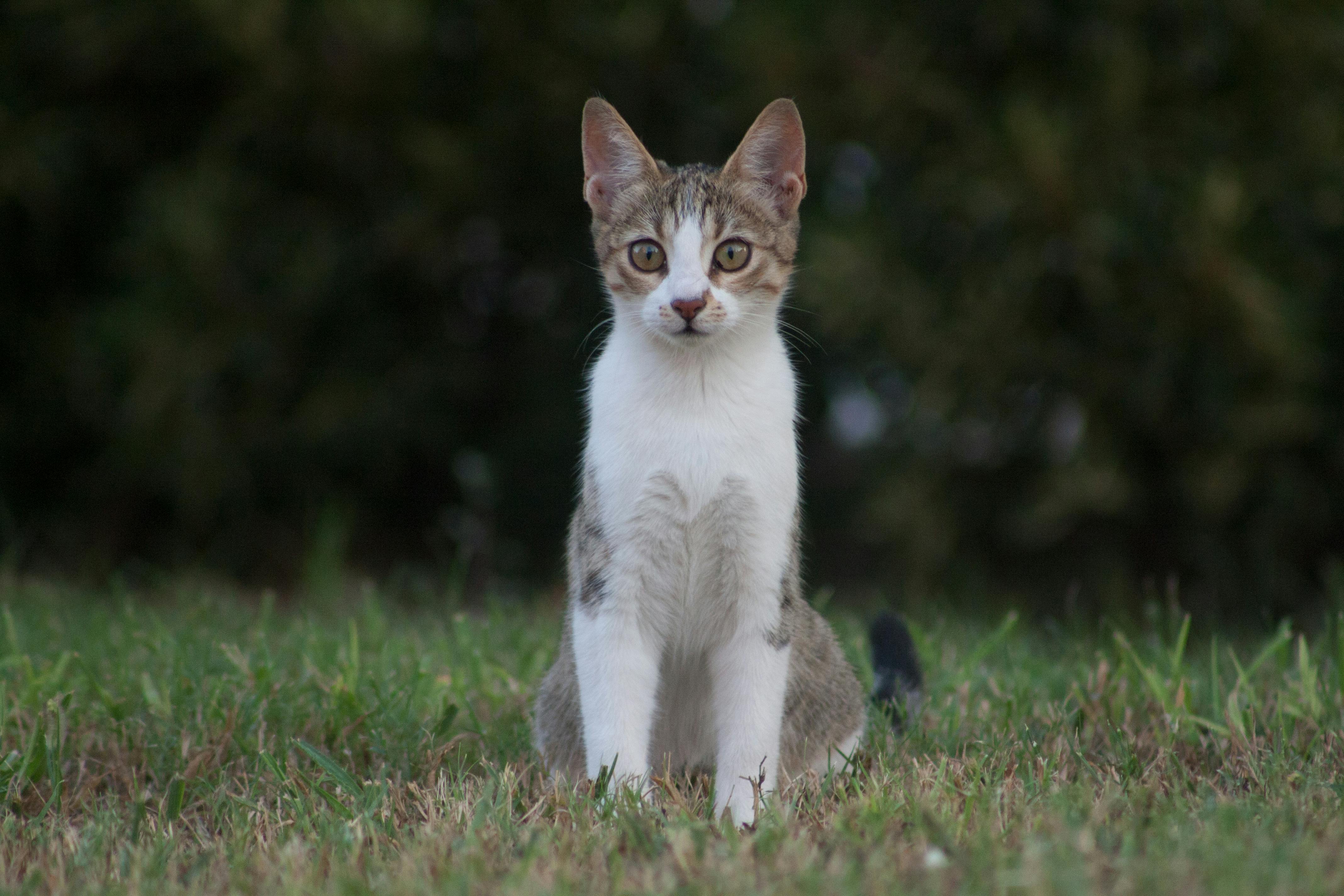Three design tips for a dog-friendly garden
After more than thirty years, I can say that it is possible to have a well-kept garden and a happy dog too. Through trial and error, advice from nurserymen and master gardeners, and sharing ideas with gardening friends, I have learned about gardening with dogs. It’s not too complicated, really.
I just have three things in mind. First, I begin with the end in mind. The yard and garden have to be adapted to the needs of all members of the family, including Lizzie, our dog. After all, she spends more time outside than we do. She needs a little open space to romp around (us too), a comfortable spot in the balmy sun with a bit of shade (us too), and enjoys a cool drink on those warm summer nights…there seems to be a pattern here. OK, our dog enjoys most of the same garden features that we do. But he waits, we’re not done.
I have noticed that dogs rarely appreciate the fragility of those plant specimens that nurseries charge so much for. They also don’t appreciate cleverly winding paths. Every dog I have ever met has taken the most direct route to his destination. I discovered this in my first garden many years ago. I was new to Oregon and wanted some of those amazing rhododendrons. I looked for eight beauties in five gallon pots. Every day my Rhodies got a little smaller when my lively Springer Spaniel ran down the garden path and “bumped” into them.
Susan’s Best “Dog Friendly” Plants
These plants aren’t on anyone’s “toxic” list and will bounce back from a little abuse.
- California Lilac (Ceanothus spp..)
- chokeberry (aronia sp.)
- clumping bamboo
- Coreopsis
- currents or Ribes sp.. (Saxifragaceae)
- Honeysuckle (Lonicera sp..)
- lavender (Lavandula sp.)
- Ornamental grasses (several varieties of Deschampsia, Eragrostis, Helictotrichon Miscanthus, Pennisetum)
- Rockrose (Cistus sp..)
- sedges (sedge sp.)
- Bride’s crown (Spirea thunbergii)
- “Spring Bouquet” Viburnum (caprifoliacceae tinus)
- Dwarf Purple Willow (Salix sp.)
My advice is to observe your dog’s natural paths through the garden and plant hardy, abundant specimens near play and run areas. See my list of other hearty plants that can be “bombed” and recover very well.
My last planning point is to know your dog’s chewing habits and what parts of the plants in your garden could be toxic. When I started gardening, if I had known that all parts of the rhododendron and azalea are toxic to dogs, I would not have planted them. Fortunately, my dog preferred the green bean and strawberry salads. Today, my garden is full of Rhodies and Azaleas, but I know that our dog, Lizzie, limits her nibbles to a couple of harmless ornamental grasses. It’s easy to find out which plants and plant parts are toxic, just search: “pet toxic plants.”
If you share your garden with your dog at work, play, and rest, your dog will be more relaxed and less likely to relieve boredom by chewing, digging, or other destructive behavior. So plan your garden with your dog in mind. In the end, you will be happily surrounded by beauty and your dog will be happy just to be with you.


